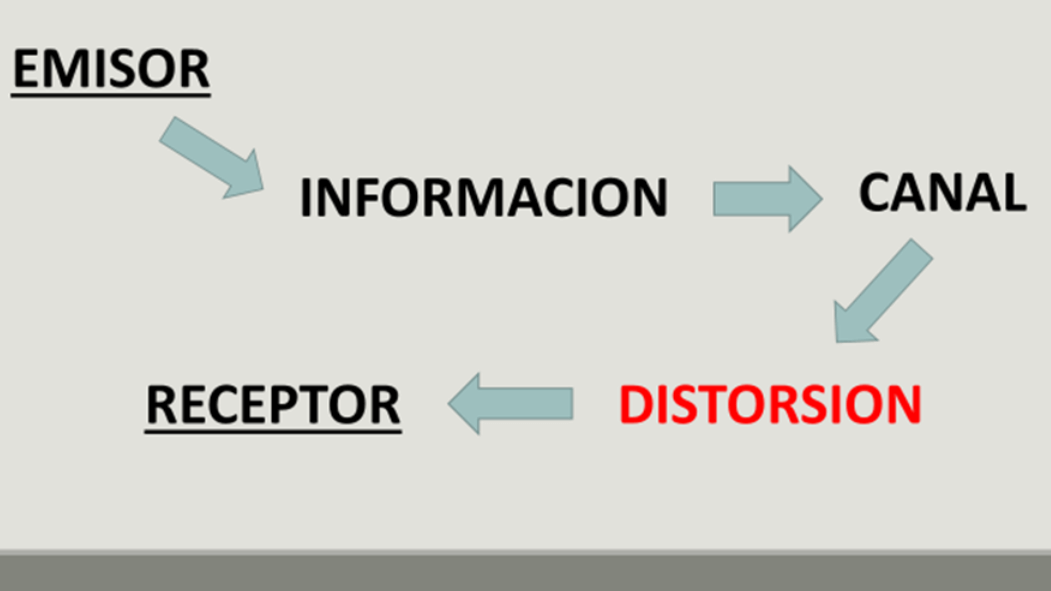Introduction
It is not the purpose of this analysis to establish a distinction between risk of violence and dangerousness, for the purposes of our study it is affirmed that they are correlated, since the risk of violence has the purpose of determining the tendency that a person has to be dangerous in the future. Simultaneously, both risk factors and protective factors will be taken into account, that is, those that favor the commission of the criminal act and those that reduce the probability of recidivism of the criminal subject, respectively. It goes without saying that we are dealing with a construct that offers degrees of probability, offering an advantage and a drawback, namely:
- Advantage: There are subjects who are only, and solely, dangerous for a specific type of victim.
- Inconvenient: the dichotomous answer (yes or no) raises the possibility of missing relevant information that affects the trend and prediction of future criminal behavior.
In the field of terrorism, there is talk of radicalization, but not all radicalization leads to terrorism. Although we can establish a risk of violence, a prediction1 based on the conduct and behavior of a subject who is 'suspected' of his future dangerousness as 'presumed religious terrorist'.
Without delving into whether we are dealing with a relative risk or an assumable risk, one of the risk assessment tools for radicalization will be analyzed below. Although the reader is made to know that it is not the only one, among the list we find2 the Guide to Extremism Risk, the Islamic radicalization, The Identification of Vulnerable People, Multiple Levels, among other. All of them put into practice in different countries, none at the national level. Here the use of risk assessment tools for radicalization is null, we only found a protocol for a preventive radicalization strategy for terrorism towards those who are serving their custodial sentence in prisons.
The Violent Extremism Risk Assessment is briefly discussed below:
The method Violent Extremism Risk Assessment (VERA), of Canadian origin (2009) is the first protocol designed to determine the risk assessment of terrorists; it has been put into practice on convicted terrorists, after its application the deficiencies have been determined and the appropriate revisions have been carried out, thus, in 2010 it gave rise to VERA-2 and, in 2016, to VERA-2r, identifying itself, in In the latter case, additional relevant and applicable motivational indicators for violent radicalization in men, women, and youth.
The method is applied in different European countries, among which Spain is not found, it is also applied in North America, Australia and Southeast Asia in a
variability of environments, that is, in radicalization, but it does not have to be religious terrorism, but in a context of extremism and violent radicalization, regardless of ideology.
In the context discussed here, this tool has been used for convicted religious terrorists and for foreign terrorist fighters and their families who have returned from fighting and being part of terrorist organizations.
The assessment tool assesses a subject's risk of beliefs, attitudes, and ideology related to violent extremism, as well as context, social intent, history and ability, subject commitment, and motivation. In short, it allows the planning of risk scenarios and trace risk routes and allows its application on militants of groups of organizations and lone actors. Refining the issue further, indicators are established under contrasted theoretical aspects:
- Violent extremism and terrorist groups3
- Moral disassociation
- Lone actor
- Mental disorders
It is made up of 5 domains and 34 indicators, plus 3 additional domains with 11 indicators.4:
- Beliefs, attitudes and ideology. Very important to identify the nature of extremism.
- History, action and capacity. Relevant to determine what is the capacity of the subject to plan and carry out an extremist action. Also, because it identifies the capacity that the subject could have regarding access to materials, resources and his abilities.
- Commitment and motivation. The indicators indicate individual motivations and drivers of extremist and radical behavior. It allows to differentiate the motivated subject from the opportunist.
- Risk protection and mitigation. Identify the positive changes of the subject in the short and long term.
- Intention and social context. Identifies psychosocial risk factors.
- Additional indicators. Collected under the domains of criminal history, personal history and mental disorder.
A summary table of some of the items is established below:


























